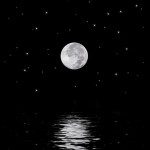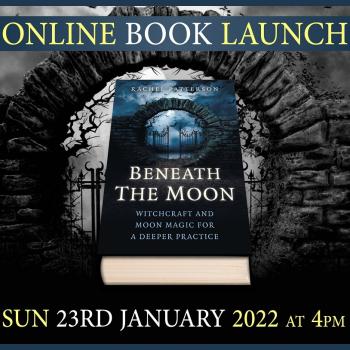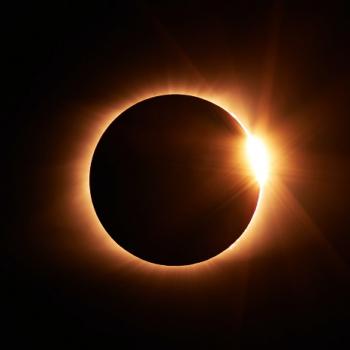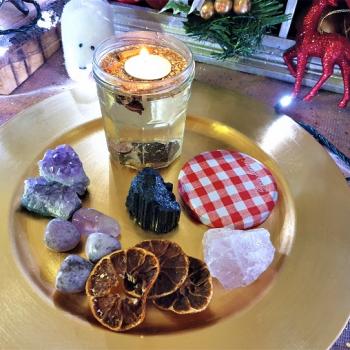Moon Science
Why is the moon so important? Why do we work with the moon and how come it has so much power over us and the planet? As a witch one of the first things I was taught was to create a moon diary and work with the phases of the moon for spell work and to notice how each phase affected me and my emotions; a moon diary is an excellent way of introducing yourself to moon magic and see exactly what each phase means to you.
I am going to look at possible answers to those questions eventually but first of all we need to start with…
The science bit…
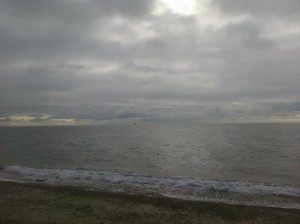
The clever science bods reckon that when the Earth was in its infancy there was no moon at all *gasp*…then on some undetermined date a rogue planet smashed into the Earth like a cosmic game of pool, this caused the rogue planet to be obliterated and knocked a chunk off the side of the Earth too.
This all created a huge cloud of planet debris. The cloud rose up and up and eventually squished together into large particles that orbited the Earth, as time went on the particles all joined forces with each other and eventually et voila…the moon was formed.
Apparently using some clever gadget they can also measure the age of lunar rock and they know it is about 4.6 billion years old.
The moon is 238,900 miles away from the Earth and is 2,160 miles in diameter, that is about one eightieth of the Earth’s mass.
The moon itself has one sixth of the Earth’s gravity – that explains the space men doing the funny slow motion moon walk.
The moon takes about 27.3 days to spin once around on its own axis which is about the same time as it takes for the moon to complete on orbit of the Earth. Which means that the moon is synchronized with the Earth so we only ever see the same face of the moon at all times. What is jokingly called the ‘dark side’ of the moon i.e. the far side has only ever been seen from spacecraft.
What we see of the moon and what shape it is depends on the amount of illuminated moon and is relative to the position of the moon in relation to the earth and the sun. When the sun is directly behind us we see the full face of the moon as the moon is directly in front of us. When the moon is dark, on the new moon, the moon is directly between the Earth and the sun, the light of the sun only illuminates the far side of the moon, which we can’t see.
The moon orbits around the Earth at a whacking 2,300 miles an hour.
It is the gravitational pull from the moon on the Earth that causes the tides of the oceans. Where the ocean faces the moon the pull is strongest and where the ocean faces away from the moon the pull is weakest. These gravitational pulls cause bulges of water on the oceans, these bulges cause the high tides. As the Earth rotates the bulges move, one always facing the moon and the other always opposite. The rotation of the Earth and the combined forces of gravity are the main factors in creating two high tides and two low tides every day.
The lumpy surface of the moon is made up from lots of scars created by objects that hit the moon. Some of the largest scars are 1,500 miles across. At some point in its history the craters were filled with lava, these are the dark areas you can see on the surface of the moon and are referred to as ‘maria’ (a Latin word meaning ‘seas’).
No one has yet discovered a man in the moon or that there is any evidence it was made from cheese…


